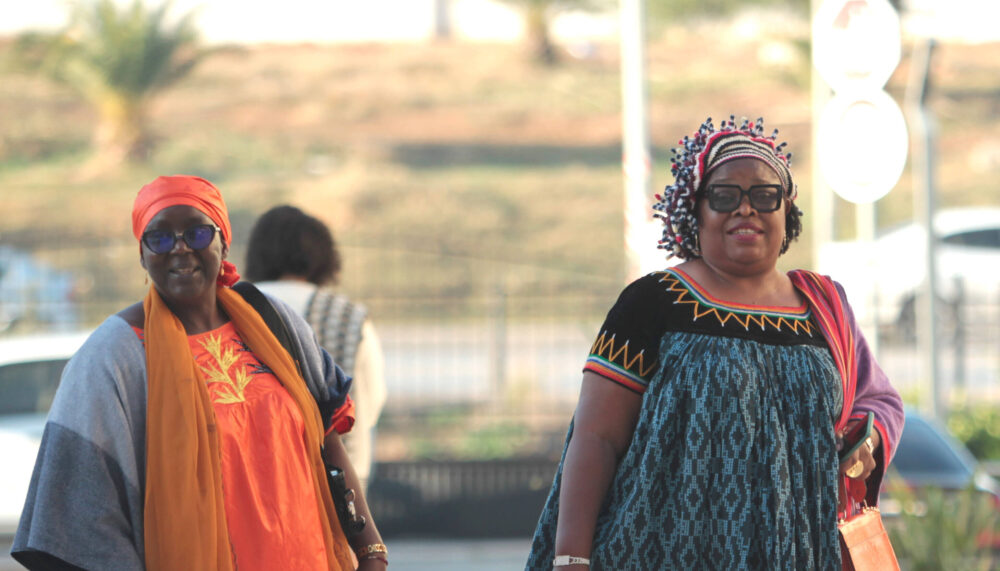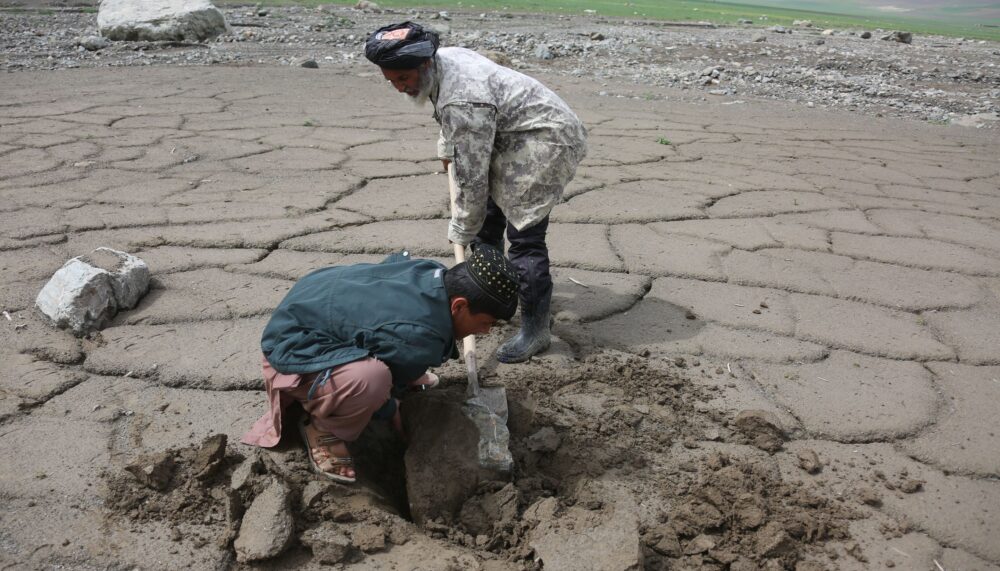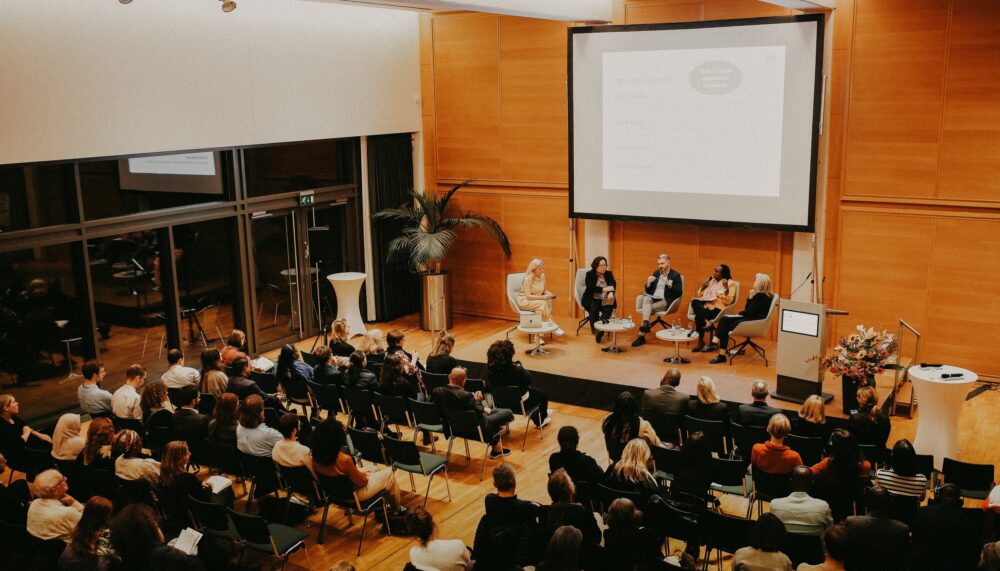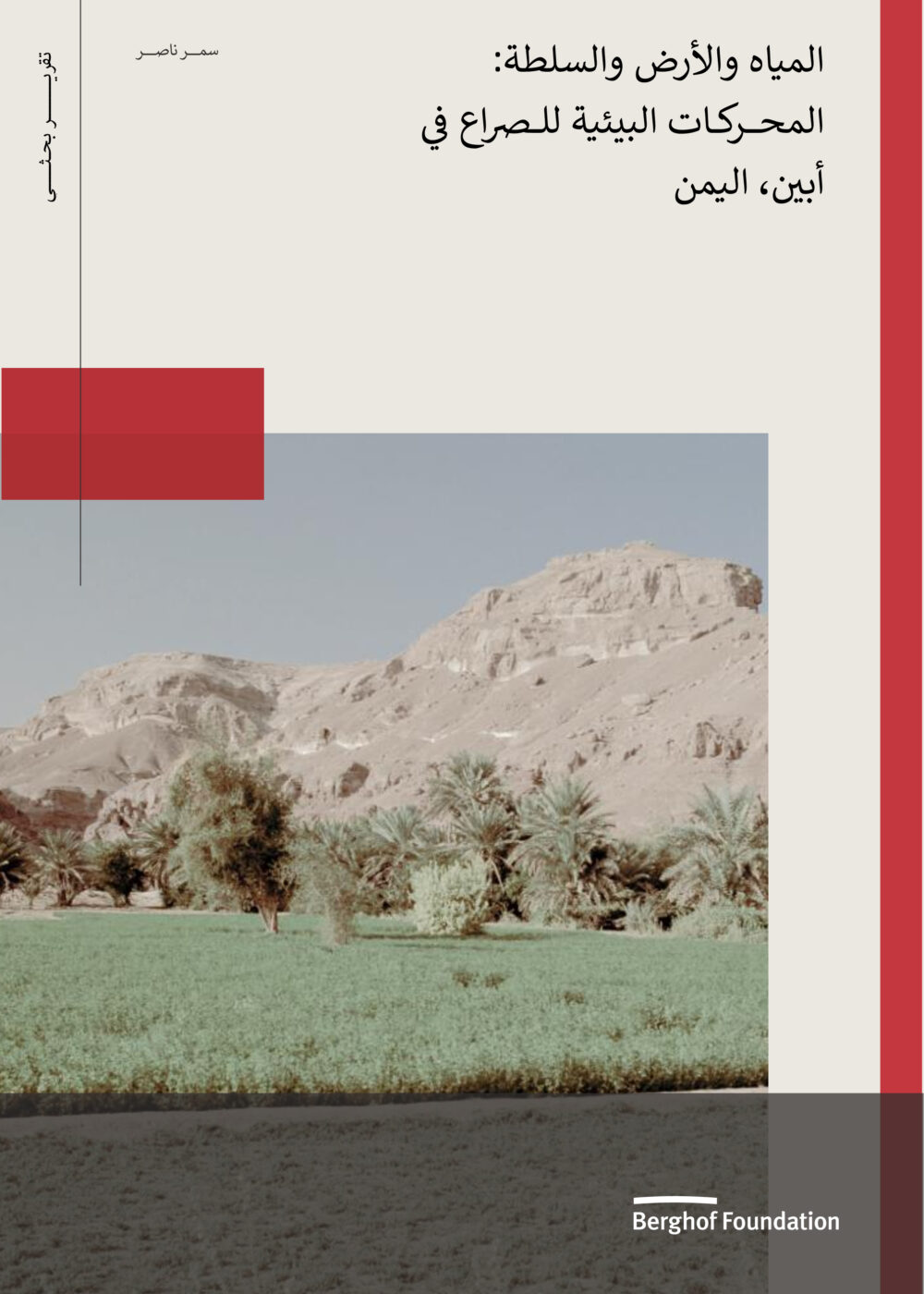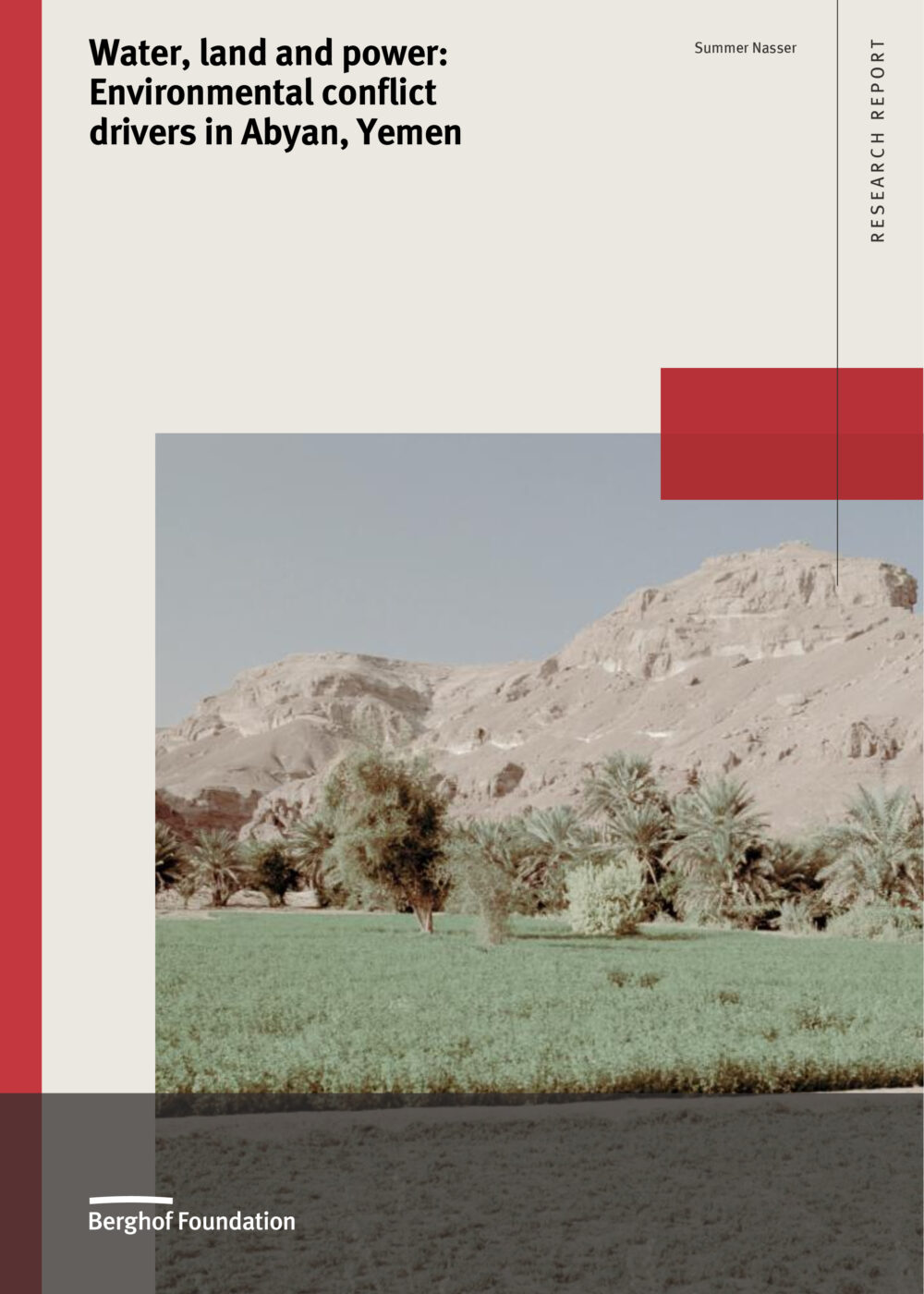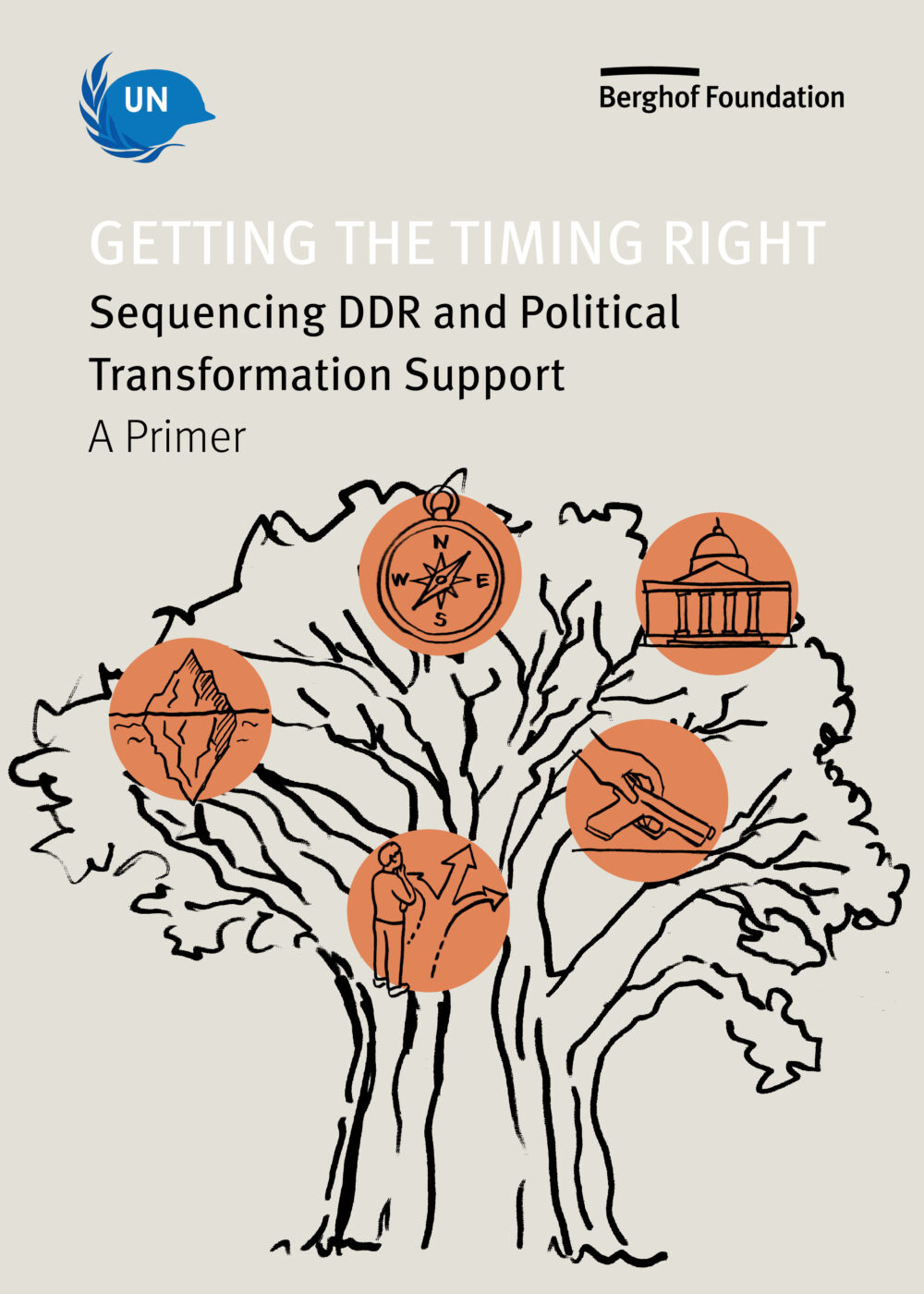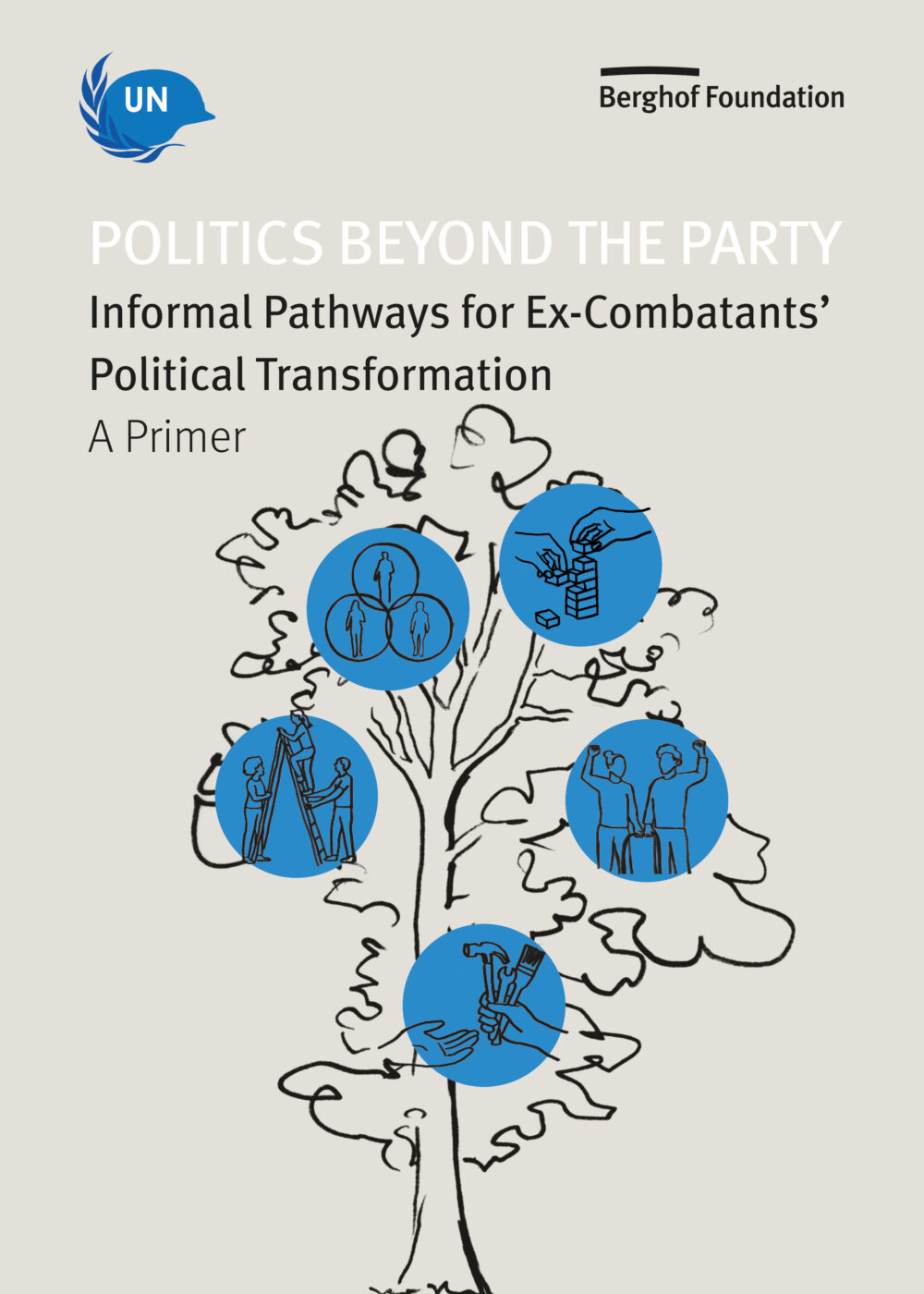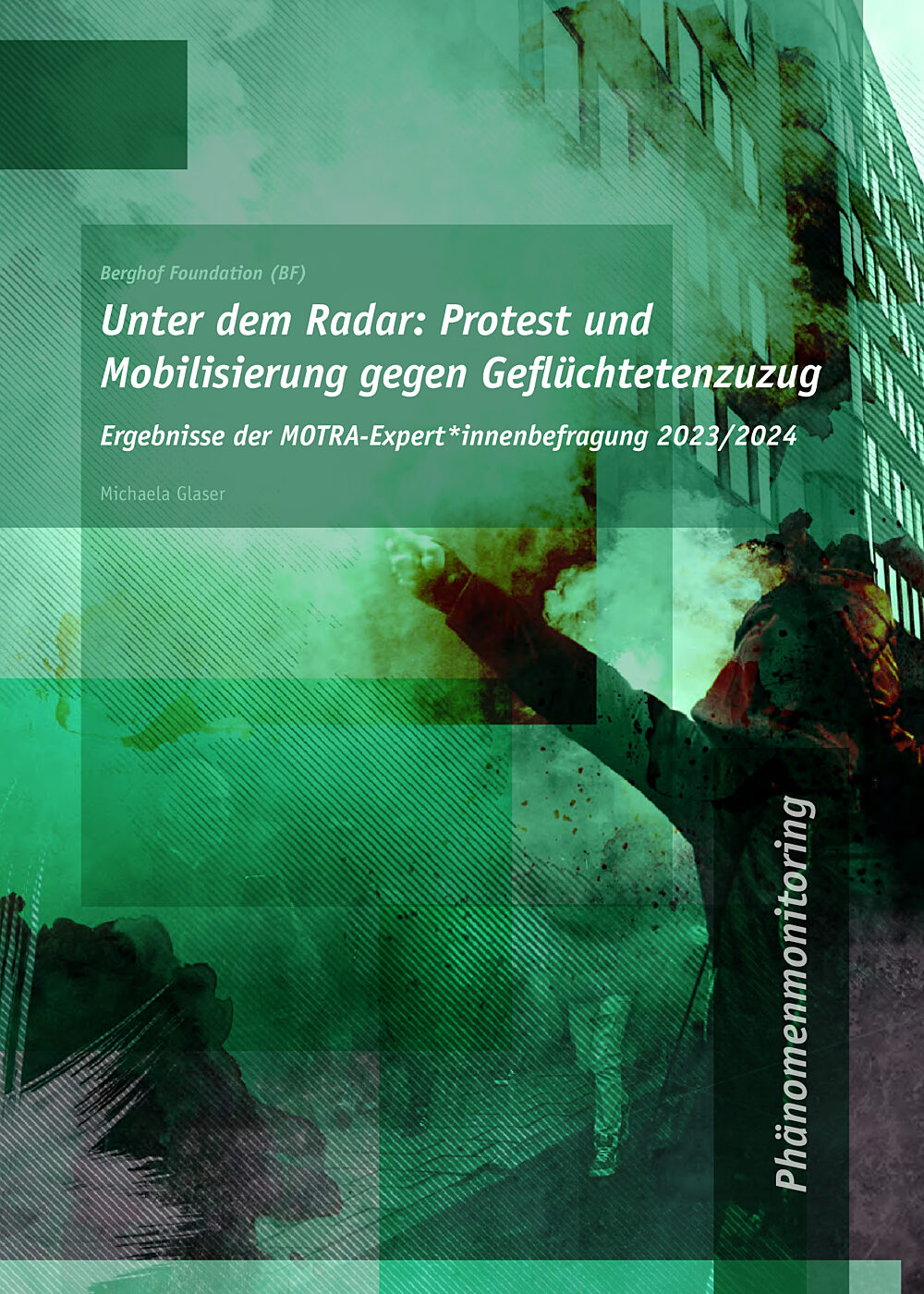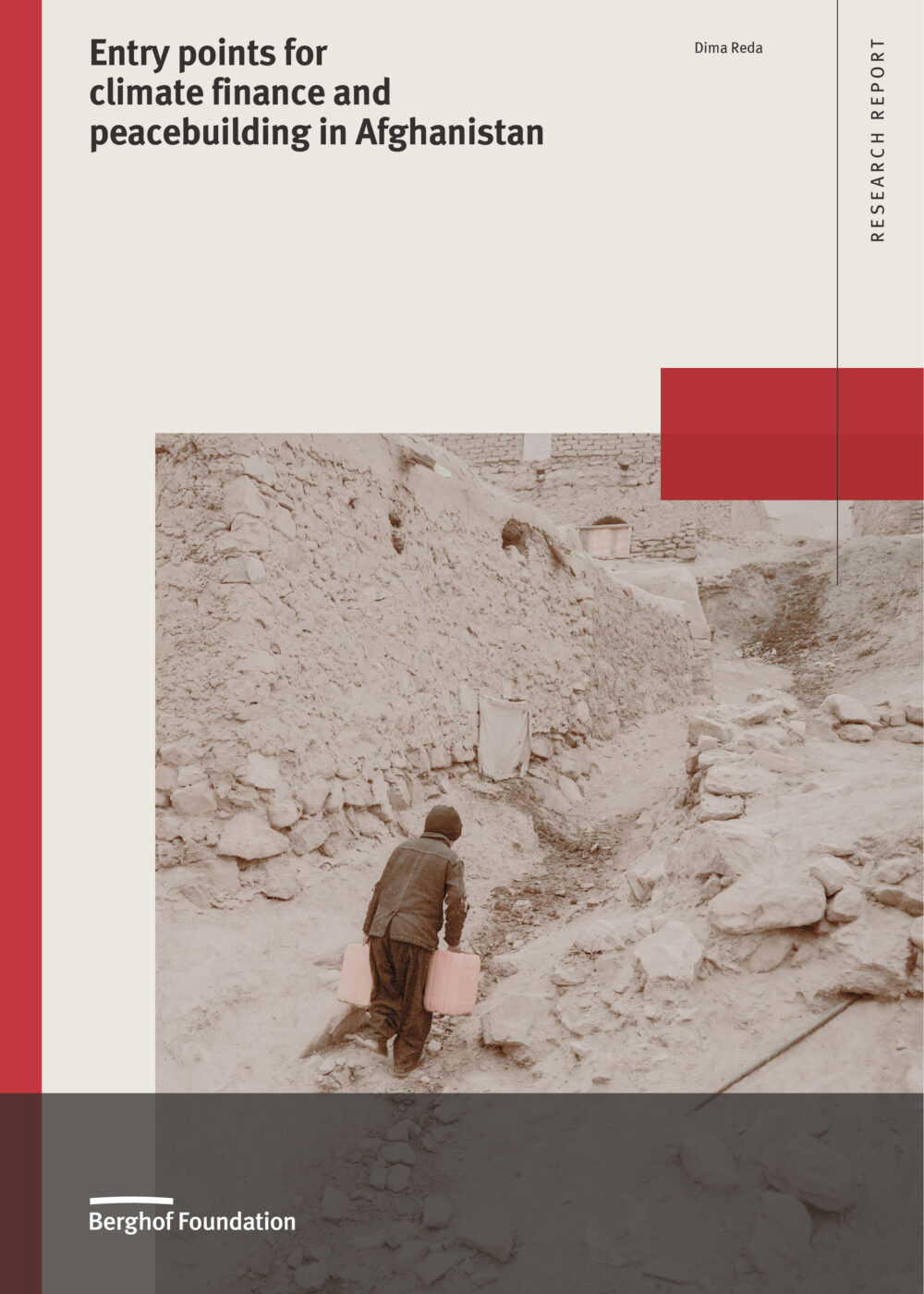1 Oct 2008
From Politics to Arms to Politics Again: The Transition of the Gerakan Aceh Merdeka (Free Aceh Movement - GAM)
Transitions Series No. 5
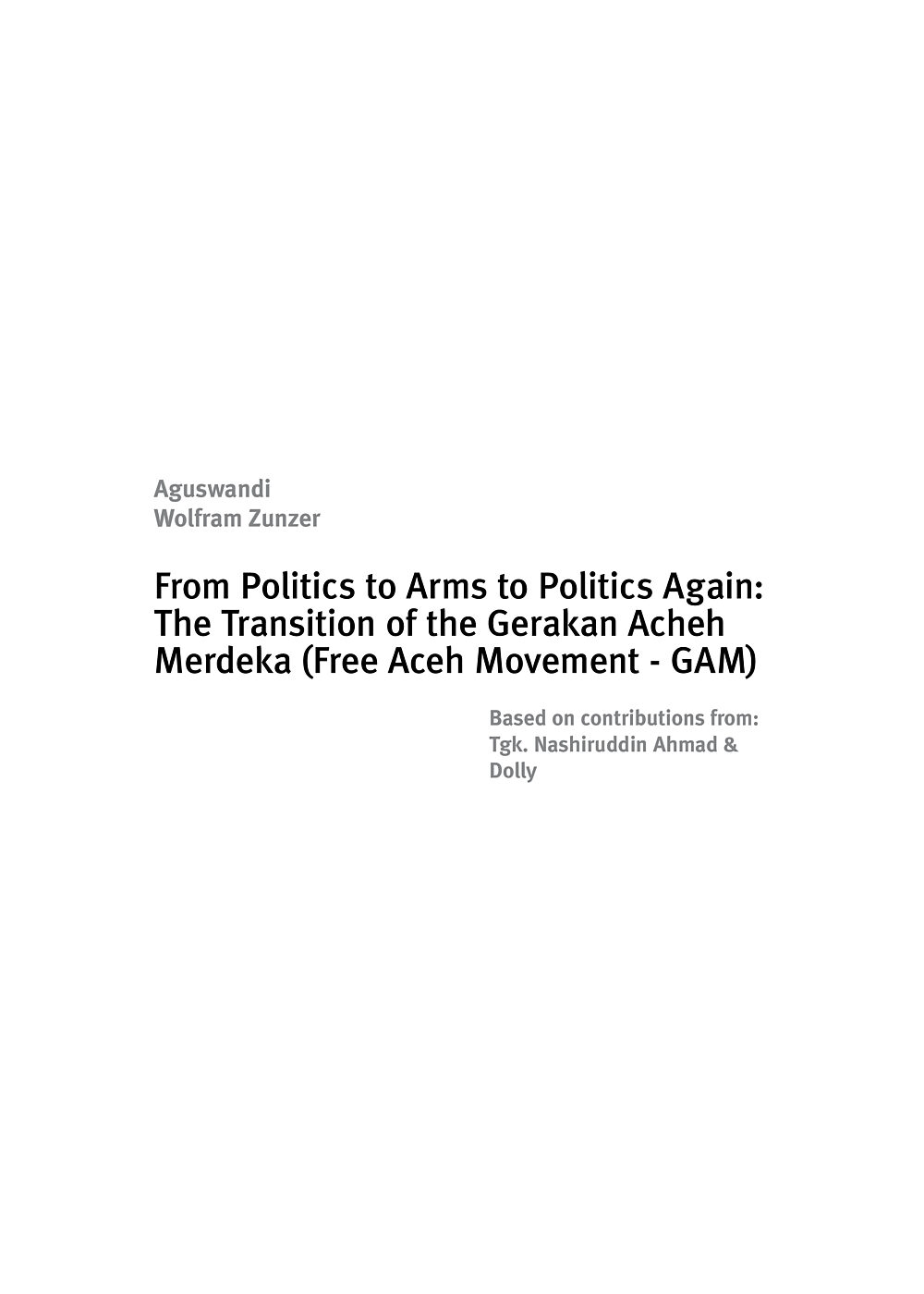
The Acehnese and the Free Aceh Movement (Gerakan Acheh Merdeka, GAM) have always described the nature of their rebellion against the Indonesian state as ‘politics, not guns’. According to the GAM leadership, they decided to take up arms because it was the only language that was available to them in order to make the central government in Jakarta understand the situation in Aceh, an Indonesian province located at the northern tip of Sumatra Island. It was a political action to counterbalance the language of the enemy. The GAM leadership, both in Aceh and in exile, has maintained that the conflict was never about violence per se, but rather a political conflict that required a political solution. Consequently whenever the other party to the conflict, the Indonesian central government, has shown the political will to negotiate a political solution, GAM has always responded positively.
Authors
Agus Wandi, Wolfram Zunzer
Editors
Véronique Dudouet, David Bloomfield
The history of the conflict in Aceh since GAM’s establishment in 1976 can generally be broken down into four phases (see annex 2). The period from 1976 to 1989 saw the formation of the GAM movement, the declaration of Aceh’s independence by its leader Hasan Di Tiro, and the development of a low-intensity armed conflict. In the second phase from 1989 to 1998, in response to GAM’s increased military efforts, the Indonesian army undertook a counter-insurgency operation, known as the ‘Military Operations Area’ (DOM - Daerah Operasi Militer). The third phase followed the fall of Suharto in May 1998, which included mass protests, renewed political engagement for independence, increased repressive measures by state security forces, and a first (unsuccessful) attempt by the international community to facilitate a negotiated settlement. During the fourth phase, from 2004 until today, the humanitarian catastrophe of the tsunami was one important triggering factor for the resumption of negotiations, which led to the signing of a Memorandum of Understanding (MOU) on 15 August 2005. Within this framework, far-reaching self-government competencies were negotiated for Aceh, including the right to form provincial parties, and legislation for its implementation was formally codified in the Law on the Governing of Aceh (LOGA), enacted by the Indonesian parliament on 11 July 2006.
About this Publication Series
This case study is one of a series produced by participants in an ongoing Berghof research project on transitions from violence to peace. The project’s overall aim is to learn from the experience of those in resistance or liberation movements who have used violence in their struggle but have also engaged politically during the conflict and in any peace process. Recent experience around the world has demonstrated that reaching political settlement in protracted social conflict always eventually needs the involvement of such movements. Our aim here is to discover how, from a non-state perspective, such political development is handled, what is the relationship between political and military strategies and tactics, and to learn more about how such movements (often sweepingly and simplistically bundled under the label of non-state armed groups) contribute to the transformation of conflict and to peacemaking. We can then use that experiential knowledge (1) to offer support to other movements who might be considering such a shift of strategy, and (2) to help other actors (states and international) to understand more clearly how to engage meaningfully with such movements to bring about political progress and peaceful settlement.
- M-19's Journey from Armed Struggle to Democratic Politics: Striving to Keep the Revolution Connected to the People. Berghof Transitions Series No. 1
Mauricio García Durán, Vera Grabe Loewenherz, Otty Patiño Hormaza. 2008
- The ANC and South Africa’s Negotiated Transition to Democracy and Peace. Transitions Series No. 2
Mac Maharaj. 2008
- Seeking State Power: The Communist Party of Nepal (Maoist). Transitions Series No. 3
Kiyoko Ogury. 2008
- The Politics of Transformation: The LTTE and the 2002-2006 peace process in Sri Lanka. Transitions Series No. 4
Suthaharan Nadarajah, Luxshi Vimalarajah. 2008
- The Basque Country: The Long Walk to a Democratic Scenario. Transitions Series No. 7
Urko Aiartza Azurtza, Julen Julen Zabalo. 2010
- The Road to Peace in Ireland. Transitions Series No. 6
Bairbre de Brún. 2008
- The KLA and the Kosovo War: From Intra-State Conflict to Independent Country. Transitions Series No. 8
Armend R. Bekaj. 2010
- From Revolutionary War to Democratic Revolution: The Farabundo Martí National Liberation Front (FMLN) in El Salvador. Transitions Series No. 9
Alberto Martín Álvarez. 2010
- The CNDD-FDD in Burundi: The path from armed to political struggle. Transitions Series No. 10
Willy Peter Nindorera. 2012
- Le CNDD-FDD au Burundi: Le cheminement de la lutte armée au combat politique. Transitions Series No. 10
Willy Peter Nindorera. 2012
- “Living Freedom” – The Evolution of the Kurdish Conflict in Turkey and the Efforts to Resolve It. Transitions Series No. 11
Adem Uzun. 2014
- ETA’s disarmament in the context of international DDR guidelines: Lessons learnt from an innovative Basque scenario. Transitions Series No. 12
Basque Permanent Social Forum. 2017
- Peace Prevails: A Review of the Process to Peace and Reconciliation between the Afghan Government and Hezb-e Islami. Transitions Series No. 13
Mushtaq Muhammad Rahim. 2019
- صلح پیروزی است. مروری بر پروسه صلح و مصالحه میان حکومت افغانستان و حزب اسلامی
Mushtaq Muhammad Rahim. 2019
- سوله بریا ده. د افغان حکومت او حزب اسال مي تر منځ د سولې هوکړه لیک
Mushtaq Muhammad Rahim. 2019
Thanks for your interest
If you find this publication useful, please consider making a small donation. Your support enables us to keep publishing.
